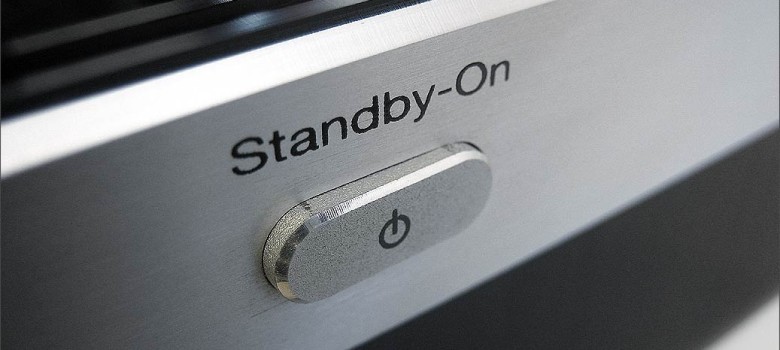
Standby savers – the truths
Many household appliances have a standby mode – in this mode, these appliances use a fraction of the energy compared to when they are properly operational…however they do use some! It is estimated, here in the UK, that households waste £227m per year as a result of standby mode.
The reason for this standby mode, or sleep mode, varies depending on the appliance on question – for example a computer goes to sleep so when you want to use it again it can start from the same point. A TV however has the standby mode because it needs to maintain signal reception capability – i.e. you need to be able to use the remote to turn it on. Some appliances also need to draw power in standby mode to keep an internal clock running so when they ‘wake up’ they know exactly where and what they should be doing.
Standby mode costs each household in the UK an average £40 per year!
The energy saving trust have estimated that about £40 a year is wasted in the average home due to appliances left on standby. While this isn’t a huge amount compared to say the heating or lighting bill, it can be avoided so it makes sense to do it.
Obviously the easiest way to stop appliances entering standby mode is to turn them off at the plug – this ensures that they are drawing no electricity at all. The issue is of course that when you want to use them again, you need to not only turn on the appliance you also need to switch the plug back on first – and also often they will take a bit of time to come back to life as they reboot. So what can you do to reduce standby energy waste, but avoid the issues mentioned?
 Welcome the standby saver!
Welcome the standby saver!
Standby savers are a pretty simply little solution that help navigate this energy wastage issue. They will automatically cut the power to your appliances by recognising when they have entered standby mode. Most manufacturers have recognised though that some appliances need a constant source of power so on their standby savers they include an ‘always on’ socket – this is for things like broadband or the Sky box with its record functionality.
How do standby savers work?
You plug all your appliances into your standby saver and then you programme it to respond to just one remote control – which can be used to switch all the devices off at once. In most cases, the remote to use is the TV one, since the standby saver will easily learn to recognise the TV infrared remote control.
The one that we have been using for some time now is the Energenie Standby saver, which is pretty easy to set up (provided you follow the instructions!). This allows you simply press the off button on your TV remote and then everything that is plugged through the unit will all turn off – not just into standby – but as if they have completely turned off at the switch. Obviously the standby saver unit itself does draw some electricity to operate, but a fraction of the amount compared to having four typical appliances plugged through it.
What is the estimated payback of a standby saver?
So while this won’t work for everyone, if you have a few different appliances associated with your TV (e.g a games console, a DVD player, a music system) then it will definitely save you a few quid! The cost of buying one of these energy savers is approximately £20 so they should more than pay for themselves within a year of operation.
Think we missed something? Do you have a different opinion?
Comment below to get your voice heard…












People on Dragon’s Den were liars. Televisions cost 30p a year on standby (proved by Which! magazine). Buy one and save money after 20 years!
Hi David,
That might be true if you have a very old television, but almost all modern televisions facilitate connection to the internet and other external services, which stay on and drive up the energy consumption massively!
Harriet